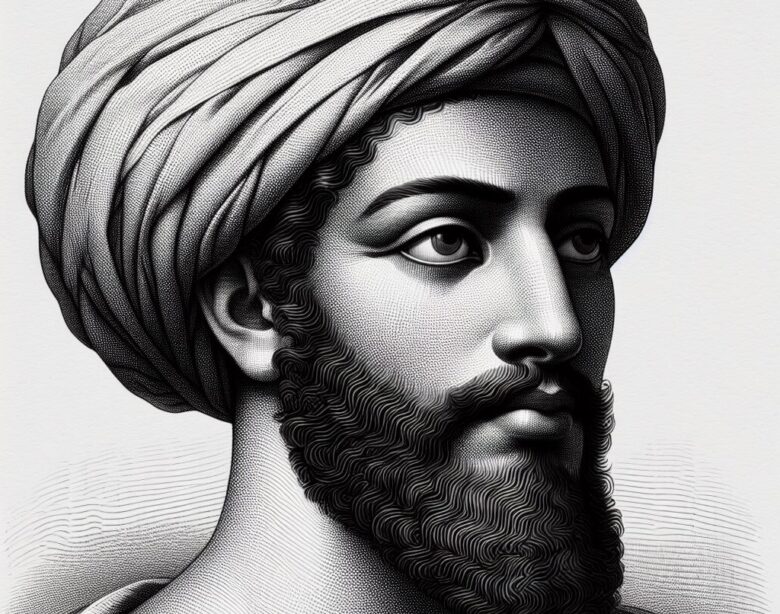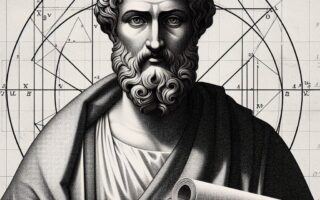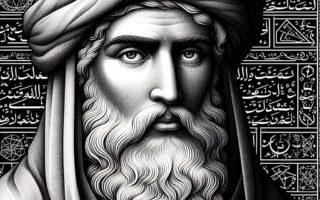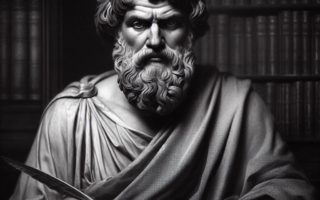Abu Kamil Shuja: The Mathematician of Precision and Elegance
In the annals of mathematical history, the name Abu Kamil Shuja shines brightly as a luminary of medieval Islamic mathematics. Flourishing during the Islamic Golden Age, Abu Kamil made profound contributions to algebra, geometry, and number theory. Join us on a journey through the life and intellectual legacy of this remarkable mathematician.
Early Life and Education
Abu Kamil Shuja, born in the 10th century in Egypt, navigated a world rich in intellectual exchange and discovery. His education unfolded in the vibrant centers of learning in the Islamic world, where scholars were exploring the depths of mathematics, science, and philosophy. Abu Kamil’s early exposure to diverse mathematical traditions laid the foundation for his future contributions.
Contributions to Algebra
Abu Kamil’s brilliance manifested in his mastery of algebraic techniques. He extended the work of earlier mathematicians, such as Al-Khwarizmi, and introduced innovative methods for solving quadratic equations. His approach demonstrated a deep understanding of the algebraic structure and paved the way for the development of more advanced algebraic methods in subsequent centuries.
Precision in Geometry
Geometry, another realm where Abu Kamil excelled, witnessed his meticulous and precise contributions. His work focused on geometric problems involving conic sections and the construction of various shapes. Abu Kamil’s geometric insights demonstrated not only his computational skill but also his ability to think abstractly about the relationships between geometric entities.
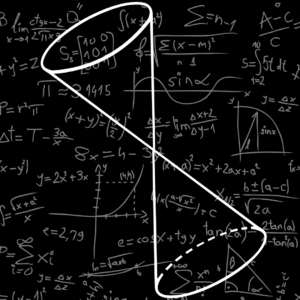
Number Theory and Mathematical Innovations
Abu Kamil delved into number theory, making significant strides in understanding perfect numbers. He expanded on the work of earlier mathematicians, offering novel solutions and proofs. His mathematical innovations extended to the realm of modular arithmetic, providing a foundation for future developments in this field.
Educational Legacy and Influence
Beyond his individual accomplishments, Abu Kamil Shuja contributed to the educational landscape of his time. As a teacher and scholar, he left an indelible mark on the minds of those who studied under his guidance. His mathematical methods and treatises influenced generations of mathematicians in the Islamic world and beyond.
Rediscovery and Recognition
Abu Kamil Shuja’s works, like many medieval Islamic mathematical texts, were preserved and transmitted to later cultures. In the 19th and 20th centuries, Western scholars rediscovered and translated his writings, recognizing the depth and sophistication of his mathematical contributions. The revival of interest in medieval Islamic mathematics shed light on Abu Kamil’s enduring legacy.
Abu Kamil Shuja, a mathematician of precision and elegance, navigated the intellectual currents of the Islamic Golden Age with ingenuity and insight. His contributions to algebra, geometry, and number theory marked a pivotal chapter in the history of mathematics. As we reflect on his life and work, we celebrate a scholar whose mathematical legacy continues to inspire and resonate across the centuries.
More information:
Mathematics in the Islamic world (8th–15th century)

